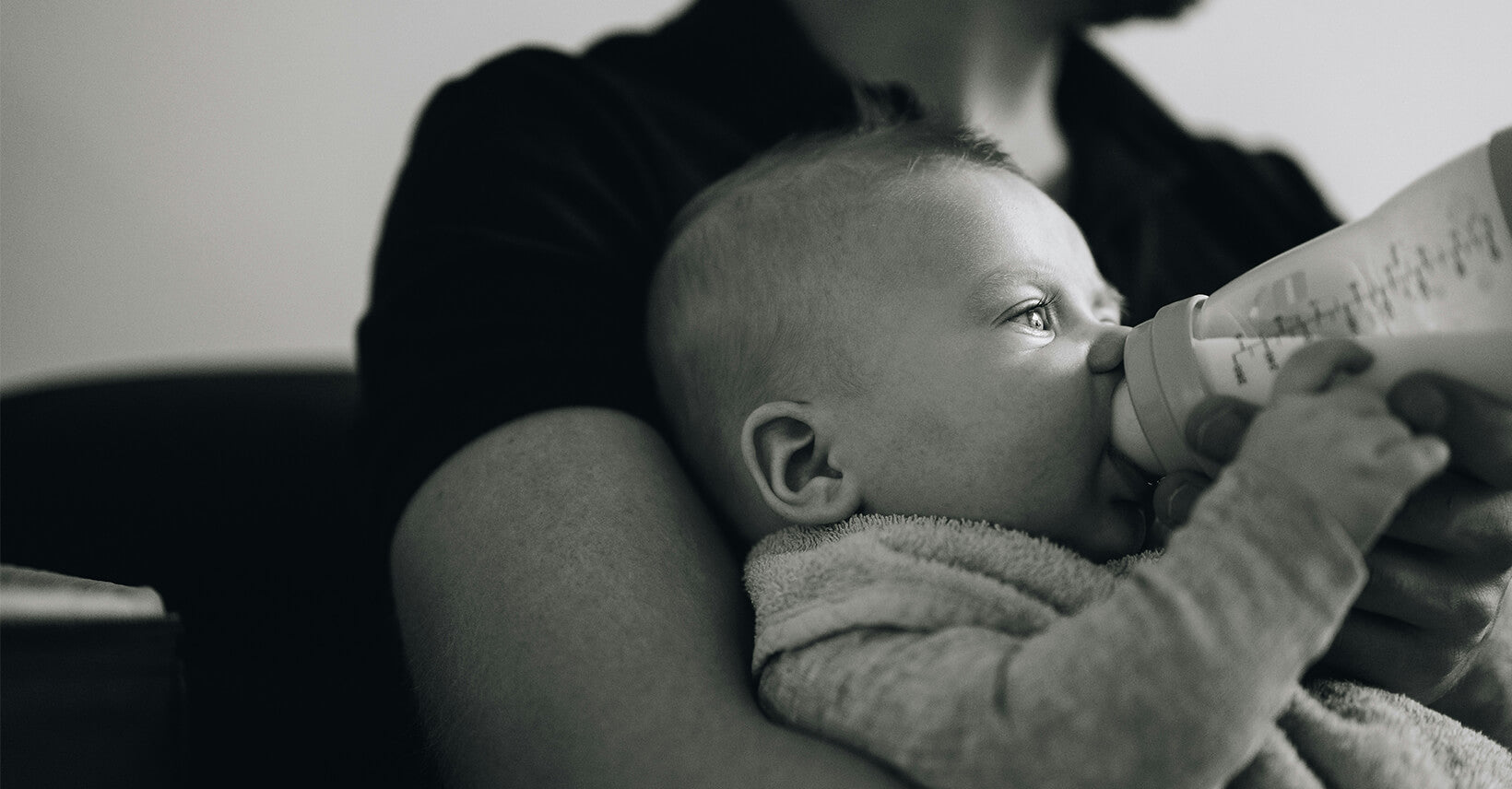


Hold own bottles is one of the important milestones for babies. This milestone depends on your little one's muscle development and coordination. It is different for every baby. Some babies may be able to hold the bottle earlier, while others may take longer.
Infants generally begin to hold their own bottles when they are 6 to 10 months old. This milestone varies with each baby's development. Some babies may reach this stage earlier, while others may take longer. Encouraging your baby by letting them practice and patiently learning can help them reach this milestone.
Bottle feeding is a method of feeding an infant using a bottle with a nipple. Mothers can feed their babies with formula or expressed breast milk. Bottle feeding is used when breastfeeding is not possible, convenient, or preferred. Parents use bottle feeding to ensure that their infants get the necessary nutrients.
There are a variety of sizes and shapes of bottles and nipples to meet different needs and preferences on the market. Proper sterilization of bottles and nipples is important to ensure the health and safety of infants.
Bottle-feeding and breastfeeding have their advantages. Each family can choose the feeding method that best suits their lifestyle, health considerations, and personal preferences.

Here is a general bottle-feeding step for your reference:
Wash your hands thoroughly first. If using the formula, mix the right amount of formula and water according to the instructions. If using breastmilk, place the bottle in warm water for a few minutes to make it at body temperature.
Note: Avoid microwaving the feeding bottle.
Make sure the nipple is securely attached to the bottle. You can turn the bottle upside down to check. Different nipples are designed for different aged babies, so parents need to choose the appropriate one for their baby's age.
Hold your baby in a semi-upright position, supporting his or her head. This position helps prevent choking and ear infections. Make sure you are also in a comfortable position as feeding can take some time.
Gently touch your baby's lips with the nipple to encourage them to open their mouth. Once your baby has sucked on the bottle, hold the bottle at an angle so that the nipple is always full of milk, reducing the amount of air your baby swallows.
During and after feedings, your baby will need to burp to expel any swallowed air. Take a break from feeding every few minutes to burp gently by holding your baby upright and patting his or her back.
Pay attention to your baby's reactions. If your baby turns away, pushes the bottle out, or seems disinterested, he or she may be full or need a break. If your baby isn't hungry, don't force them to finish the bottle.
After feeding, wash bottles and nipples thoroughly with soap and water. Sterilize bottles regularly to make sure they are free from bacteria.
Hold and comfort your baby after feeding. This helps with digestion and provides an opportunity for bonding.
Following these steps will help parents bottle-feeding their babies more smoothly.
Below are some signs that your babies are ready to hold their own bottle:
When babies begin to have better control over their hands or they can grasp objects more easily, parents can try to let their babies hold the bottle by themselves.
When babies begin to reach for the bottle at feeding time, it shows that they are interested in the bottle and want to try to hold it themselves.
If your baby is able to hold toys or other objects for some time, they may be ready to hold the bottle as well.
Babies who can sit up with a little support usually have the muscle control needed to hold a bottle.
In conclusion, most infants begin to hold their own bottles by the time they are 6 to 10 months old. This milestone depends on each infant's individual development and coordination. Parents can pay attention to signs of improved hand coordination, reaching for the bottle, etc. Patient encouragement and practice will help your baby master the skill of holding the bottle on his/her own. Every baby is different, so it is important to be supportive and responsive during this time.

Lily Hou
An expert in sleep sack design, is a valued contributor to Kaiya Baby's blog. With a strong background in baby sleep bags and maternal care, she is highly regarded for her professionalism. Lily prioritizes baby comfort and safety in her designs, using high-quality materials. Her insightful articles on sleep bags have been featured in reputable publications and have gained a significant readership. Trust Lily to help you create a comfortable and safe sleep environment for your baby, backed by her proven track record in the industry.
Leave a comment
This site is protected by hCaptcha and the hCaptcha Privacy Policy and Terms of Service apply.